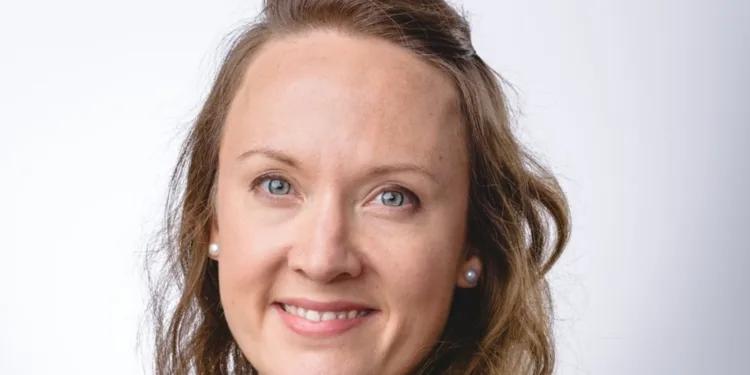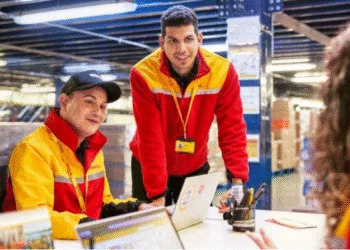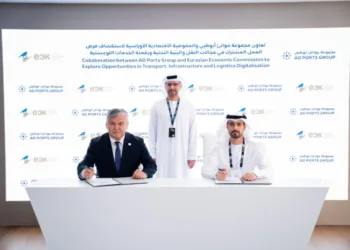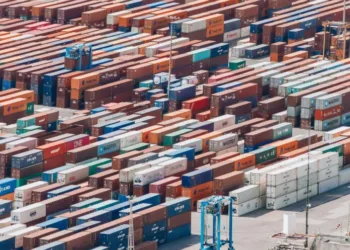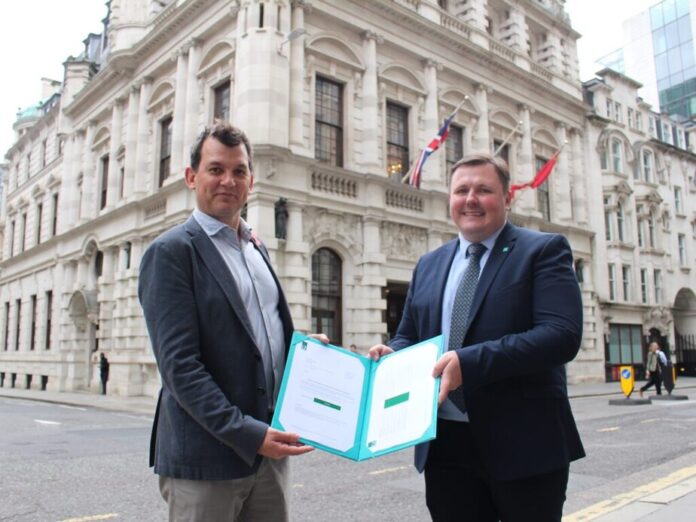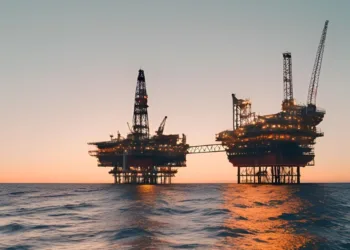Deltamarin’s head of research and development, Mia Elg, believes the next 12 months will bring steady but important steps for shipping technology rather than sudden leaps.
“Twelve months is a short time in this industry, especially for anything new to break through in larger scale,” she says. “Of the technologies that have been on piloting stage already for a while, we are expecting wind-assisted propulsion to gain more popularity in the industry. Also electrification will take rapid leaps and battery capacities both onshore and offshore will grow.”
While the focus is often on propulsion, Elg pointed out that auxiliary systems such as heating are also advancing in parallel to improve overall energy efficiency.
On AI, Deltamarin has been putting the technology to work in its design process.
“We are using AI mostly to make our own work and operations more effective and faster,” she explains. “Much of the development is in enhancing our conceptual design process. One example is applying mathematical optimisation during the design process.”
She adds that shipping more broadly is still learning where AI can best be directed. “Manual processing is simply too slow and laborious. But it’s still hard and probably not worth trying to remove the human brain from the loop, since someone needs to tell the system what it should be looking for.”
At Deltamarin, the risks of overreliance on AI are managed by using in-house simulators and models. “This removes at least some additional rounds of model validations from the loop, and we have our experts who understand very well the limitations of the models and input data,” Elg says.
On whether shipping is more willing to invest in new technology, Elg is cautiously optimistic.
“We hope yes, as future compliance with rules and regulations will need some extra spending upfront,” she says. “We definitely see already much more investments currently from ship operators to different technologies. Especially energy saving devices and things like new paint types.”
She argues that technologies should not be viewed in isolation. “They work in symbiosis with the entire ship and energy system. By investing in optimising the design together with the various decarbonisation technologies, we end up with more cost-efficient solutions.”
That design philosophy is reshaping Deltamarin’s own workforce.
“What already has happened is that our energy team that used to ten-plus years ago perform mainly ship audits or training and ship energy saving projects has now grown into a larger team,” Elg notes. Today, the group provides feasibility assessments, operational modelling, and lifetime cost and emissions simulations for each design project.
Looking ahead, Deltamarin expects to stay busy across a wide range of concept work.
“We work in average with 30–60 new concept projects yearly, each contributing somehow to decarbonised shipping,” Elg adds. “Part of these are new platform designs for ships serving new types of business, such as the carbon capture and storage domain. Perhaps we dare to promise something regarding electrification and further optimisation of wind-assisted designs.”



